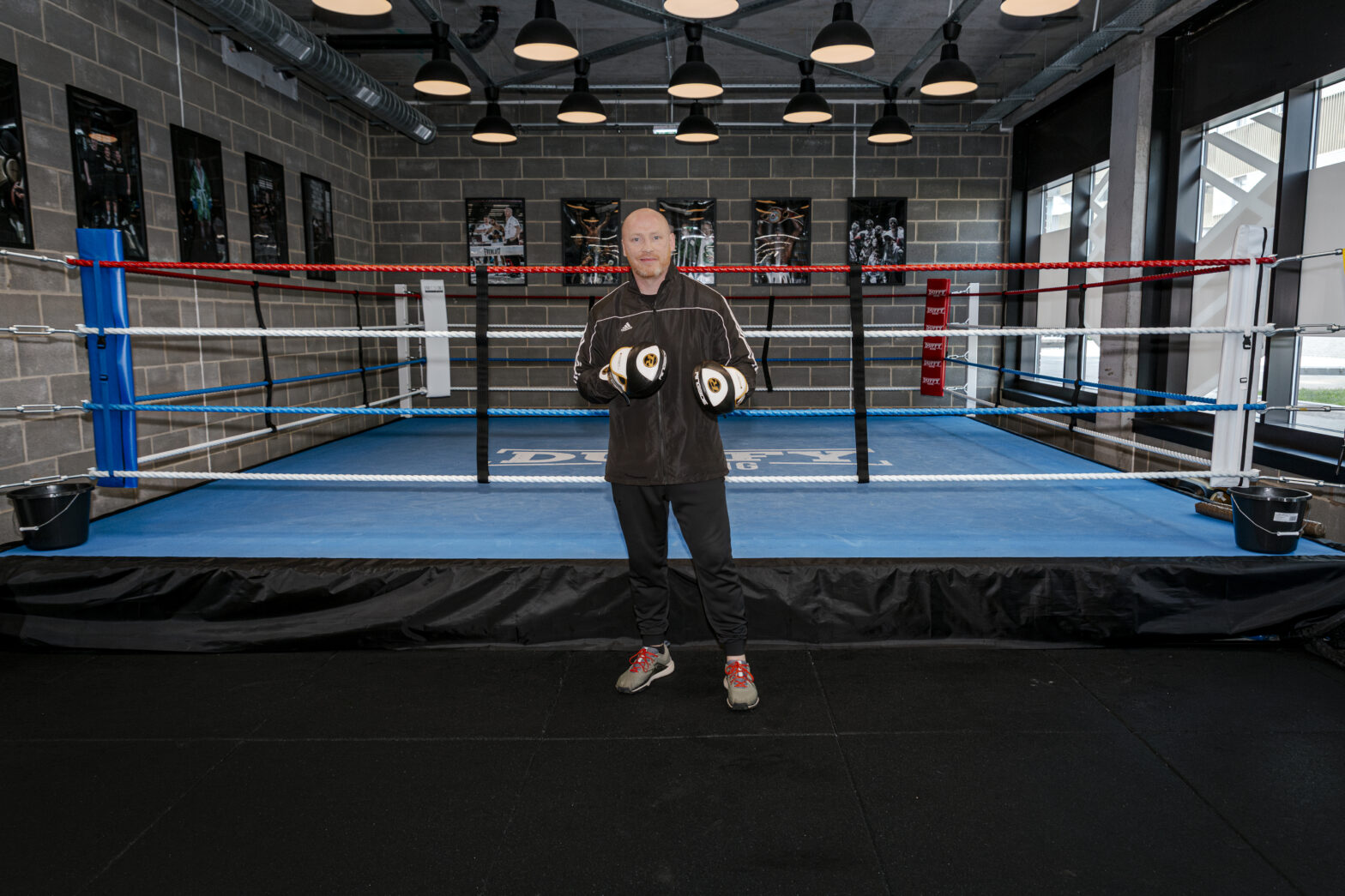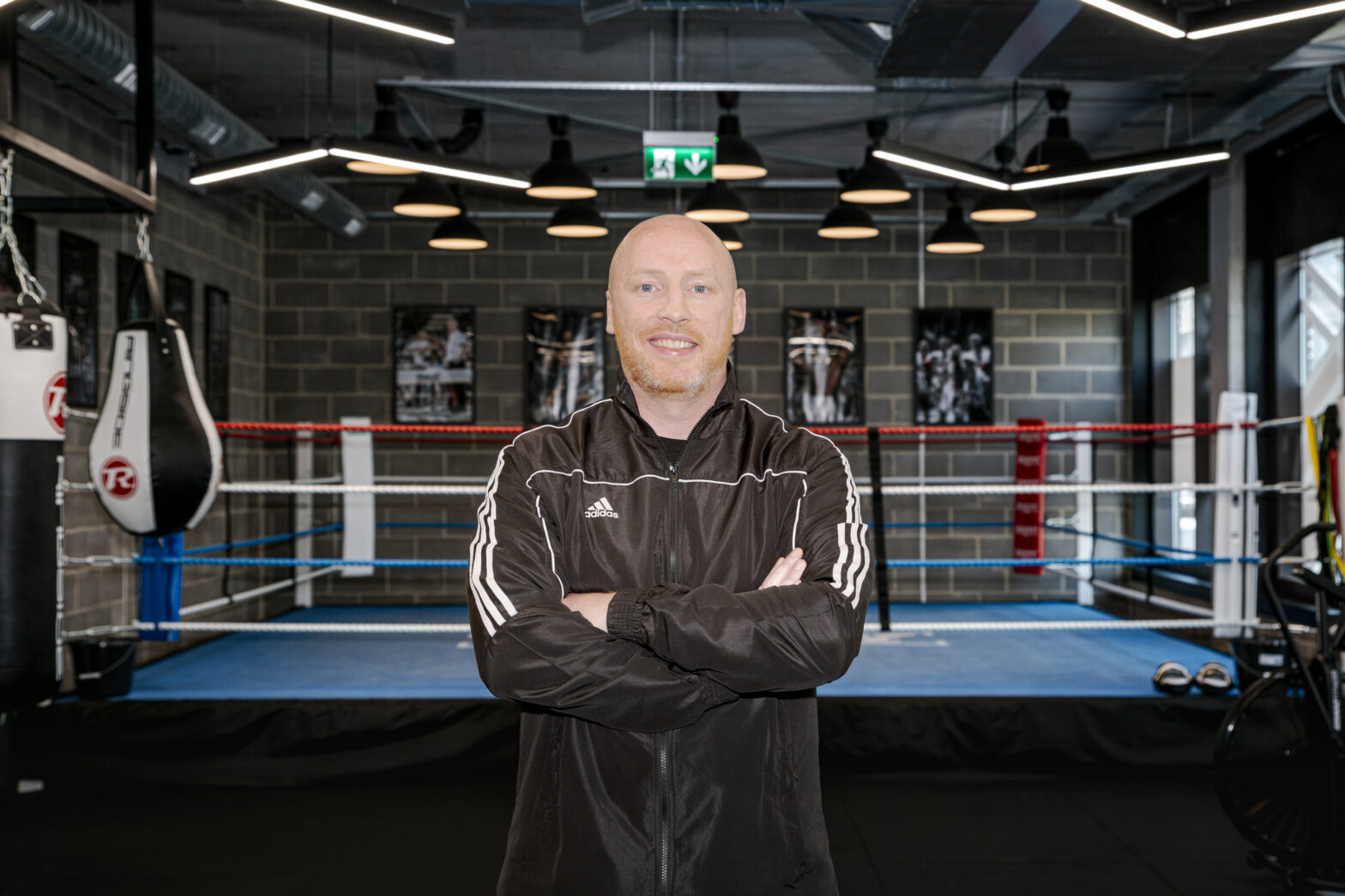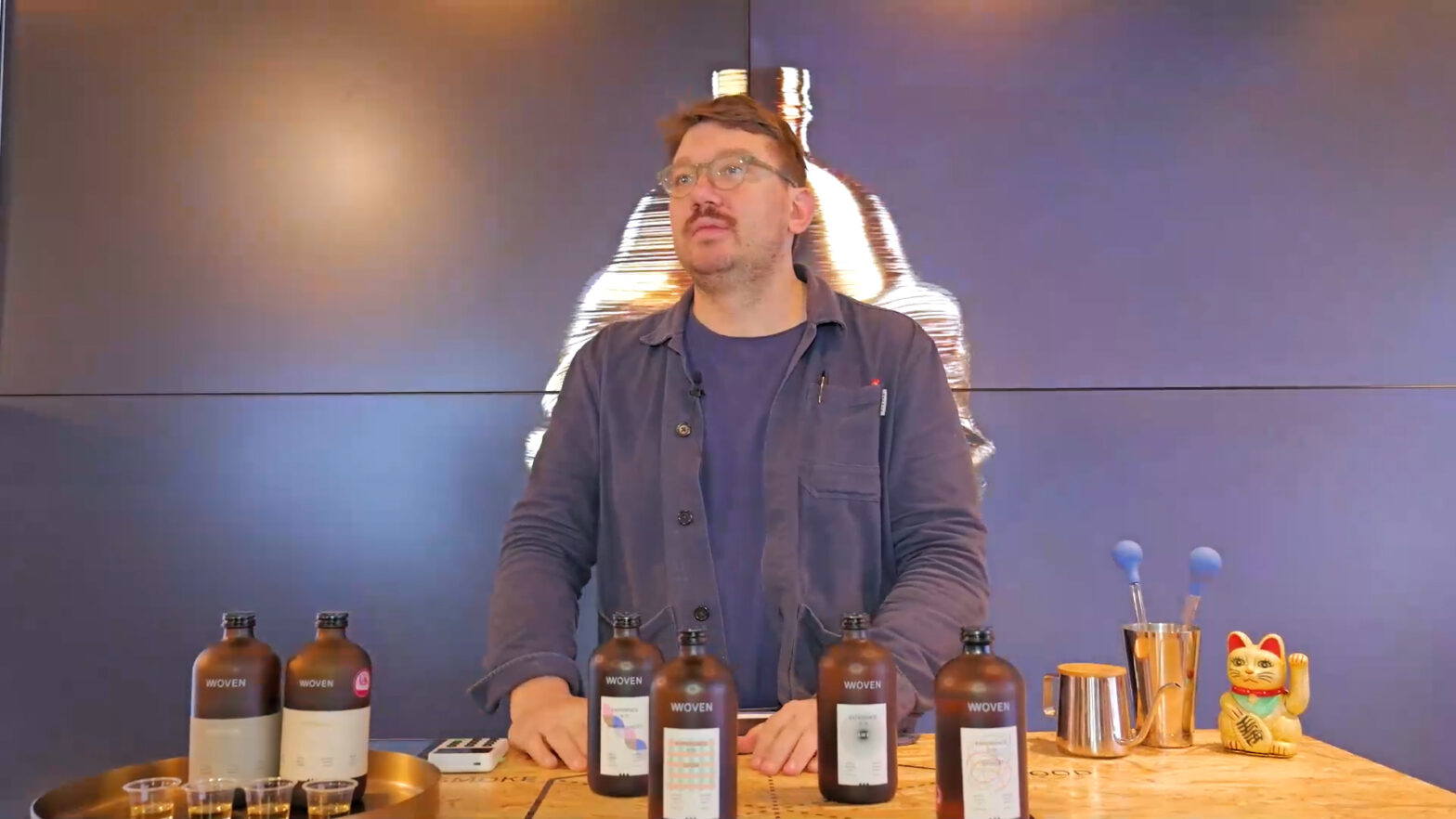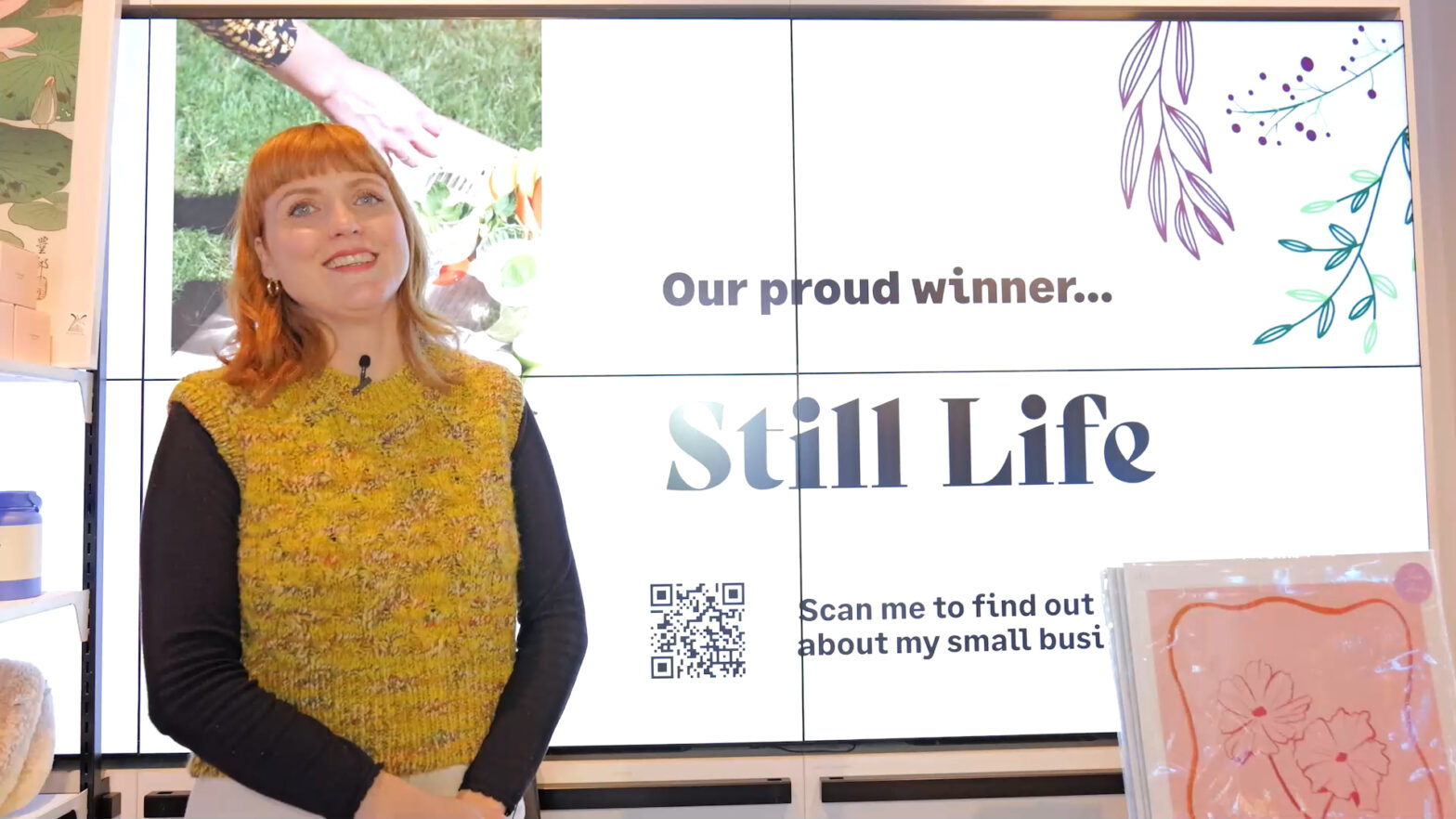Making friends online is great, but social media is a waste of time unless it boosts sales.
Businesses had enough on their plates before social media came along. However, as it’s a freely available resource that can connect a business directly with its customers, it’s worth giving it a go, right? Wrong. The truth is that unless you come up with a strategy and stick to it, you probably won’t get more than several wasted hours and a few dozen online fans and followers, most of whom are probably your friends and family.
What you should be aiming for is to reach the top of Google search rankings for your relevant search terms. By getting your website on the first page of search results you will be the first port of call for a potential customer searching for your product or service – but this won’t happen overnight. This is where social media comes in: Social media should be seen as a spider’s web of tools that will get you to the top.
Google changed the game for search engine rankings a few months back, and now the best way to reach your customers and bring in new ones on social media is to create a blog. A space on the internet for your business to supply customers with information that’s useful and interesting enough to then be sent on to friends and followers on Twitter and Facebook.
To get started, you should think about who your customers are and what knowledge or ideas you have already that you can pass onto them via your blog. Are you a local plumber who can tell anyone typing “Emergency plumber in my postcode” into Google how to fix most broken toilets in three easy steps? A helpful temporary solution that will stop an overflowing cistern today is a customer for life tomorrow. If you’re the town butcher, why not offer advice on how to cook certain cuts of meat and recipes that coincide with what you have on special that week? You could even offer discounts to your readers.
Once you have a few posts for your blog lined up you need to make sure they are social media and search engine friendly. This means hashtags and keyword optimisation. If those two terms are just gibberish to you, don’t worry. There is a lot of free advice out there on how to use each social network correctly – or you could just ask any 13–year old girl. Keyword optimisation forms part of Search Engine Optimisation (SEO) and is a more complex beast, but essentially it just means making sure your content follows a set of rules so that it will be picked up by search engines easily.
Two important things to remember when sharing on social media are to not be too promotional and to not leave any stone unturned. Sign up to as many social networks as possible, learn how to use them correctly and make sure there’s a button for each on each of your blog posts to make it easy for your readers to spread the word. As well as sharing on Facebook and Twitter, you can also load pictures onto Tumblr, Pinterest, and Flickr and link these back to your site – links are very good for SEO. While Google+ is not (yet) the coolest of the social sites and you may not have heard of Squidoo, both are useful for climbing the ranks on Google searches.
Whatever you do on the social web, follow one single rule which is relevant for all of your social sites. Be interesting or useful. Do not be promotional. You can provide incentives and offers, but in the main you need to be offering your customers value, something that will convince people that they simply have to visit your website. After all, isn’t that the goal? Get them to your website, and then the quality of your product offering will – hopefully – do the rest.





